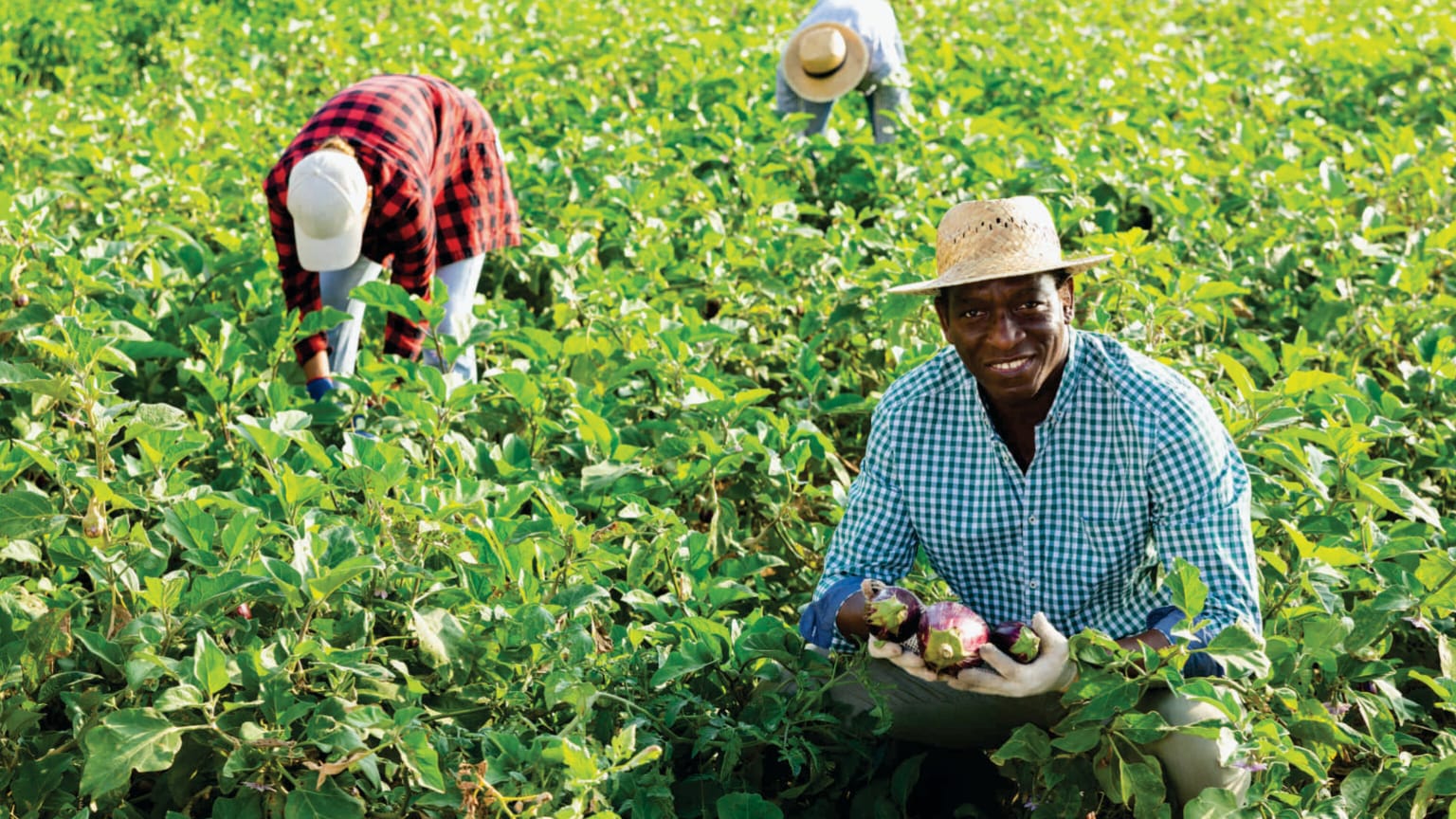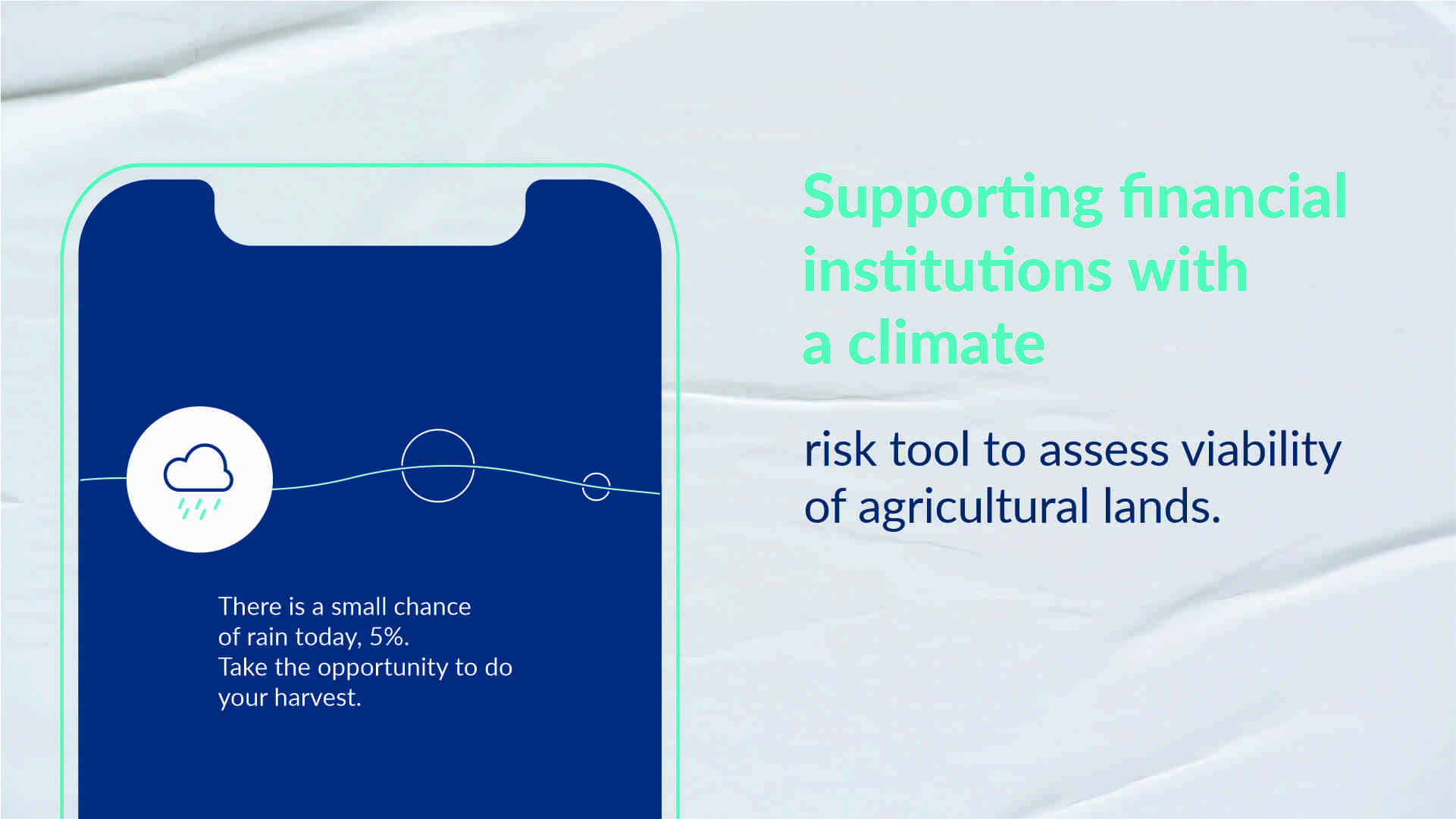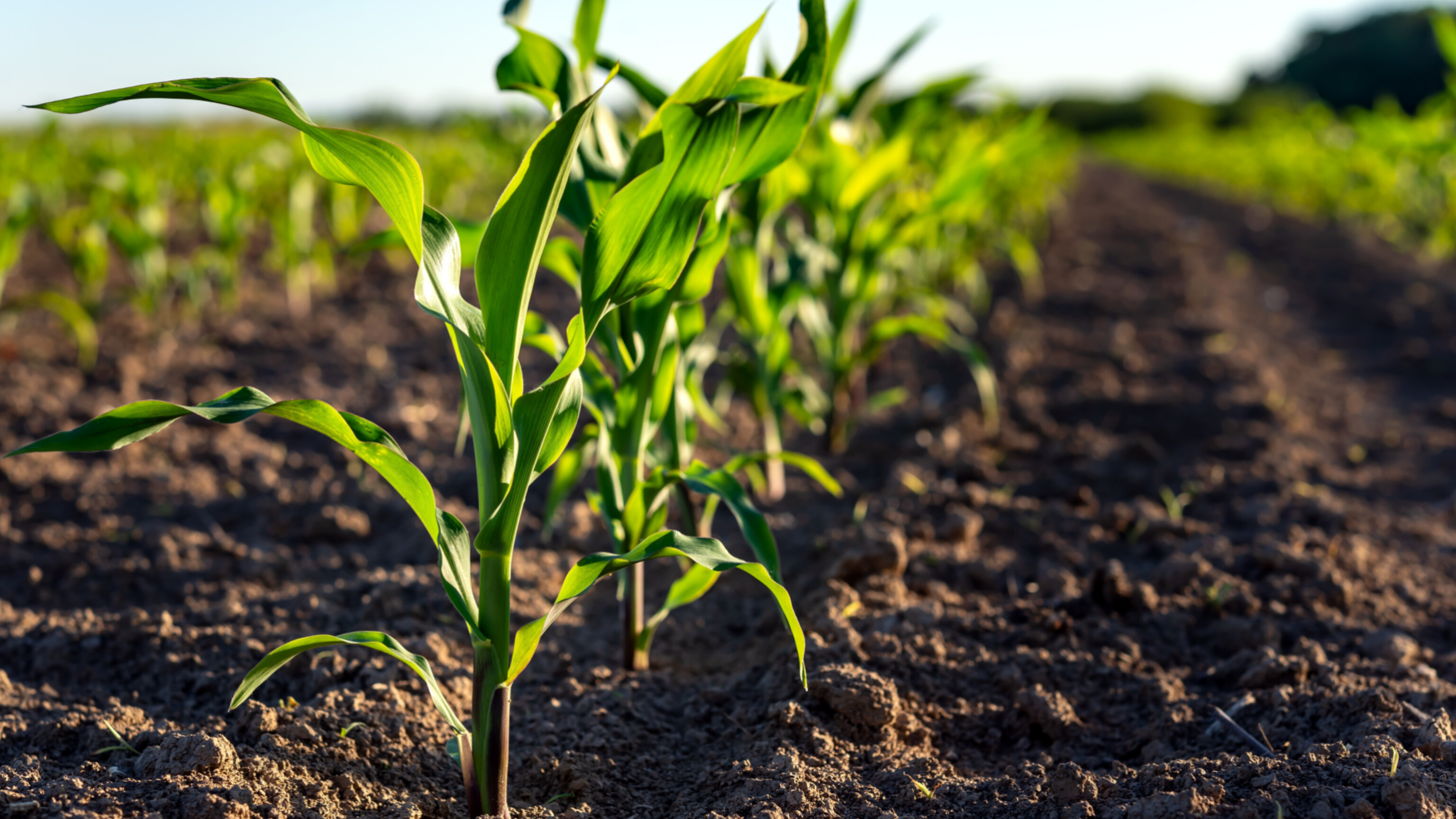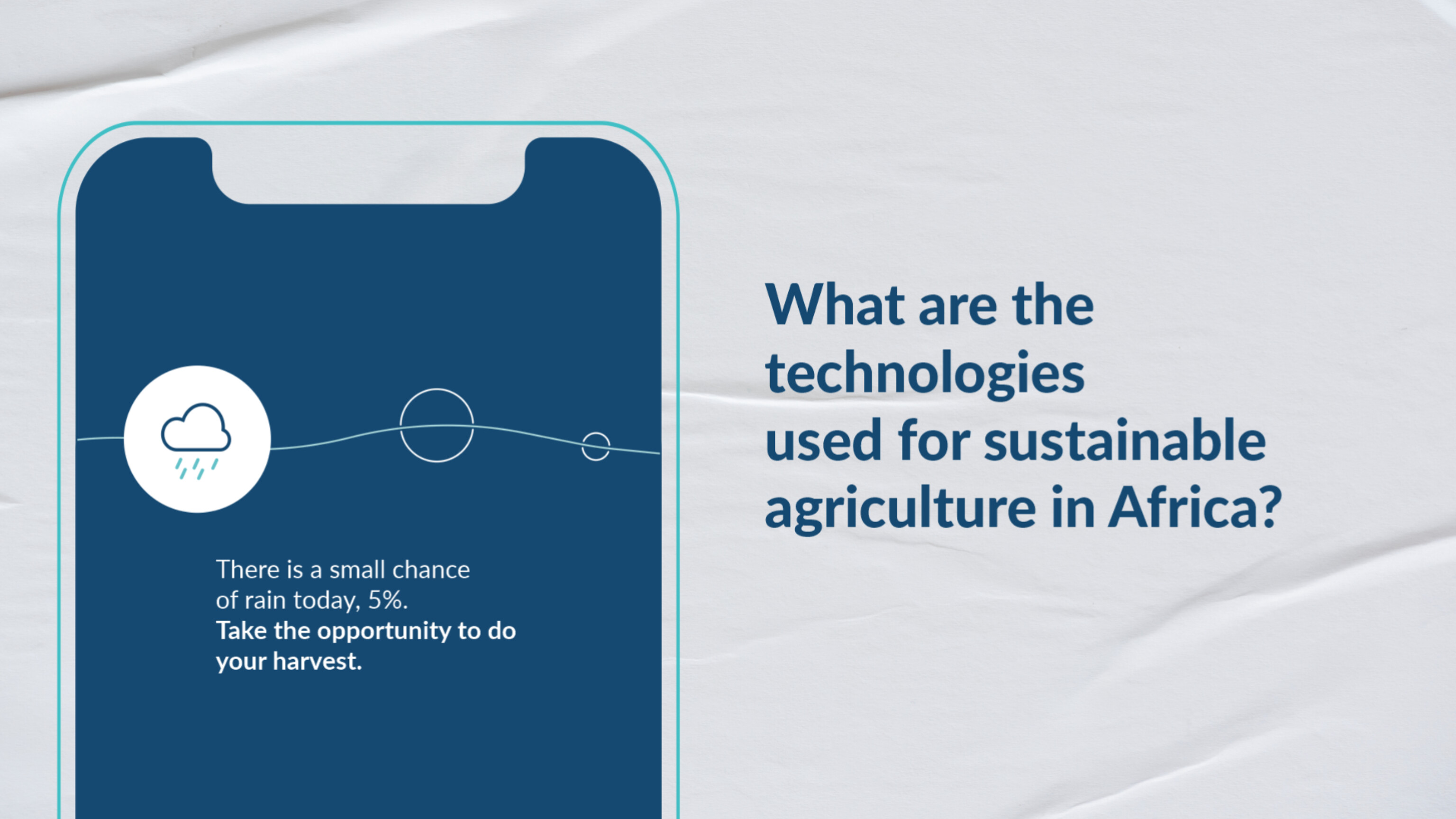The ever growing global population and changing diets are raising the demand for food. Agricultural production is struggling to maintain as crop yields level off in different parts of the world, ocean health reduces, and natural resources such as soils, water, and biodiversity are stretched dangerously thin.
The challenge is magnified by agriculture’s extreme vulnerability to climate change. The negative impacts of climate change are being felt in the form of rising temperatures, invasive crops and pests, changes in weather, shifting agroecosystem boundaries, and more regular extreme weather events. On farms, climate change reduces crop yields, the nutritional value of different cereals, and reduces livestock productivity. To maintain current yields and to achieve maximum production and food quality, substantial investments in adaptation will be needed.
Climate-smart agriculture (CSA) is an integrated approach to managing landscapes i.e. forests,cropland, fisheries, and livestock that addresses the interlinked challenges of food security and increasing climate change. CSA aims to simultaneously achieve three outcomes:
1. Increased productivity:
Produce more and better food to boost nutrition security and boost incomes, especially for those in rural areas who rely on agriculture.
2. Enhanced resilience:
Reduce vulnerability to pests, diseases, drought, and other risks related to climate, and improve capacity to adapt and grow in the face of longer-term stresses.
3. Reduced emissions:
Pursue lower emissions for each kilo of food produced, prevent deforestation from agriculture and identify ways to curb carbon out of the atmosphere.
Climate Smart Agriculture techniques
Climate Smart agricultural techniques include:
1. Conservation Agriculture
Conservation agriculture is a soil management practice that focuses on three principles: crop rotation, zero tillage, and mulching and soil cover. It involves sowing seeds in small holes and not furrows, using the stalks from last season’s crops as ground cover, and using leguminous plants to replenish the soil’s nutrients. In the end, this preserves fertility. This also helps reduce soil erosion, improve water efficiency, and enhance nutrient availability for crops, all of which contribute to increased productivity.
2. Improved crop variety & diversification
One of the key strategies employed by African farmers is the adoption of climate-resilient crop varieties. These varieties are specially bred to withstand higher temperatures, prolonged droughts, and increased pests and diseases. By using these climate-smart seeds, farmers are able to safeguard their crops and achieve more consistent yields.
Diversifying crops is a great way of giving the soil some nutritional benefits. We can also improve the quality of the crops already being planted.
To boost yields and make farms more resistant to the effects of climate change, we can use these crop varieties that have improved traits.
3. Soil & water management
Another CSA method uses special hole and pit-digging methods to collect, divert, or slow down water flow during seasonal rainfalls. These simple interventions can reduce both water loss and soil erosion. When digging the ground, we can retain moisture in the soil for longer periods of time, hence increasing harvests in drylands.
4. Irrigation
During the off-season, farmers can extend the use of water for livestock and crops. The use of modern irrigation methods, such as drip irrigation and precision farming, helps farmers optimize water usage in arid regions. These technologies ensure that water reaches the root zones of plants more efficiently, reducing water waste and increasing crop resilience to drought conditions.
5. Agroforestry
Agroforestry is planting trees and shrubs. Practicing agroforestry can boost soil fertility and stability, produce firewood, and grow new crops like fruits and medicinal plants. Agroforestry not only provides additional income streams for farmers but also contributes to better soil health, carbon sequestration, and increased biodiversity on farmlands.
6. Post-Harvest Management
As much as the world is currently producing enough food to feed the inhabitants, crop loss and spoilage are the main contributors of food insecurity. To prevent such, farmers are educated on how to improve harvesting, handling, storage, transportation, processing, and packaging of their produce.
The aim of this is to reduce losses and spoilage at each step of the supply chain, which eventually improves food security.
Summary
Through these climate-smart agricultural solutions, African farmers are not only increasing their yields but also building resilience to climate change. By adopting sustainable practices and leveraging technology, they are leading the way towards a more sustainable and food-secure future for the continent.
References
https://www.worldbank.org/en/topic/climate-smart-agriculture
https://www.concern.net/news/what-is-climate-smart-agriculture







